Serbian brandy vs USA moonshine
Serbian brandy.
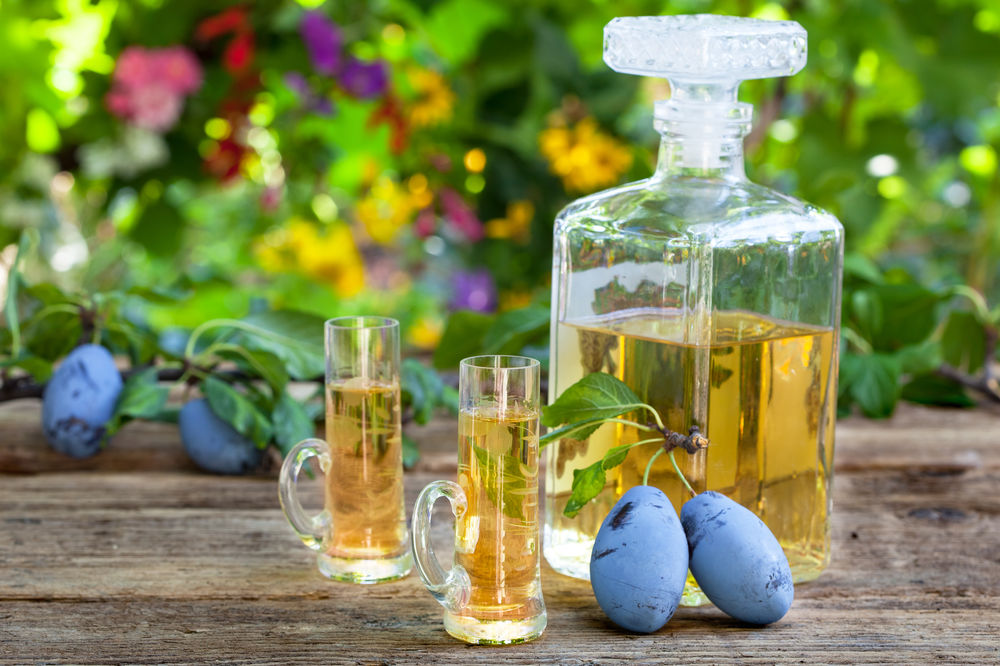
Even in the fourth century BC, Aristotle wrote that sea water as well as wine and other liquids could be turned into drinking water when subjected to the process of destillation. This conclusion, however, has not been used for a long time until the VIII or IX century of the new era when Arab Alchemists designed the "alambics" they used to obtain the basis of the parfum. These instruments were also used in attempts by alchemists at that time to get gold from basic metals (iron and lead).
Knowledge about the distillation process spread rapidly throughout Europe and in many countries began the production of distilled alcoholic beverages called "Water of Life". The discovery of the right origin of a certain alcoholic beverage is not as easy as the recipes become part of the national pride. In the 15th century, the production of "national drinks" started in the European countries, and this was the gin in England, the vodka in Russia and Poland, and the RAKIJA in the Balkans.
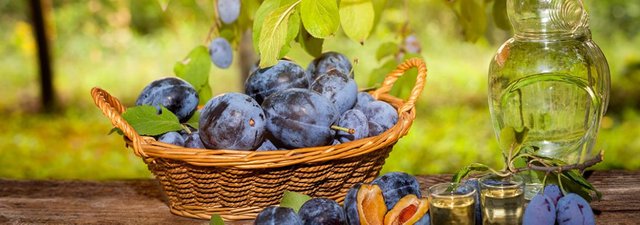
In Serbia, the brandy was produced from various fruits, mainly plum, until the late 19th century, after the destruction of vineyards with phylloxera and reduced wine production
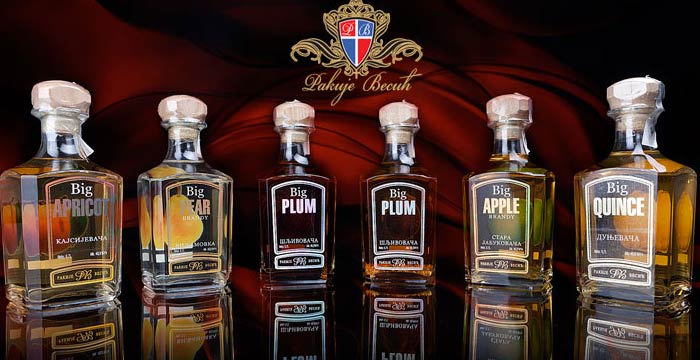
Source http://www.rakiabar.com/o-rakiji-/proizvodnja-rakije.20.html
The best of moonshine in Serbia.
1. Šljivovica
2. Komovica
3. Viljamovka
4.Dunjevača
5. Medovača
1. Šljivovica
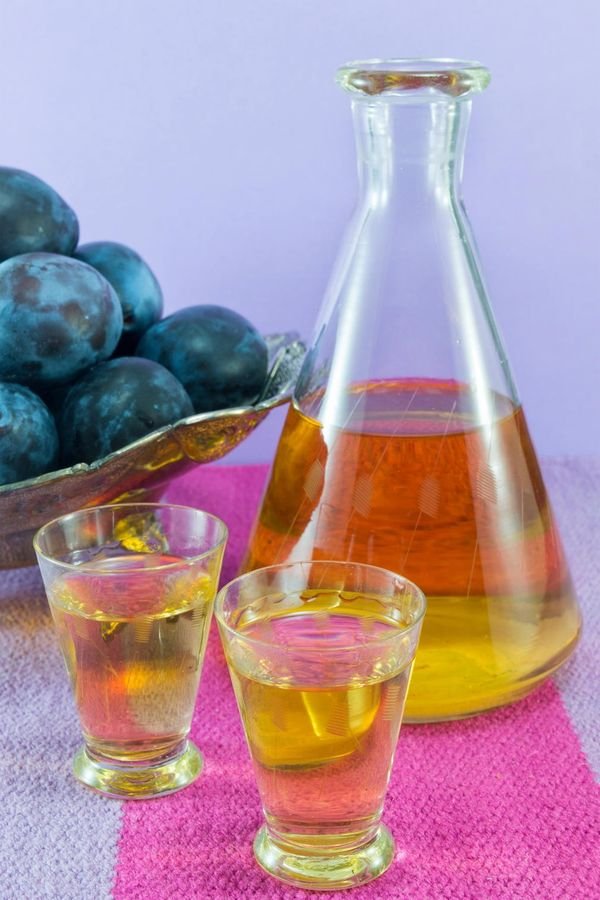
Šljivovica, type of brandy, is a strong and colorless or yellowish alcoholic beverage made from plums. Like every brandy, it is made in such a way that it comes to the vapor point and then its distillation. Brandy is obtained by distillation in the kettle for brandy and twice distilled. After the first distillation, the so-called. "Soft" brandy, and after another distillation "strong brandy". Soft brandy is used for cooking "Šumadija tea" and forgery as a drink.
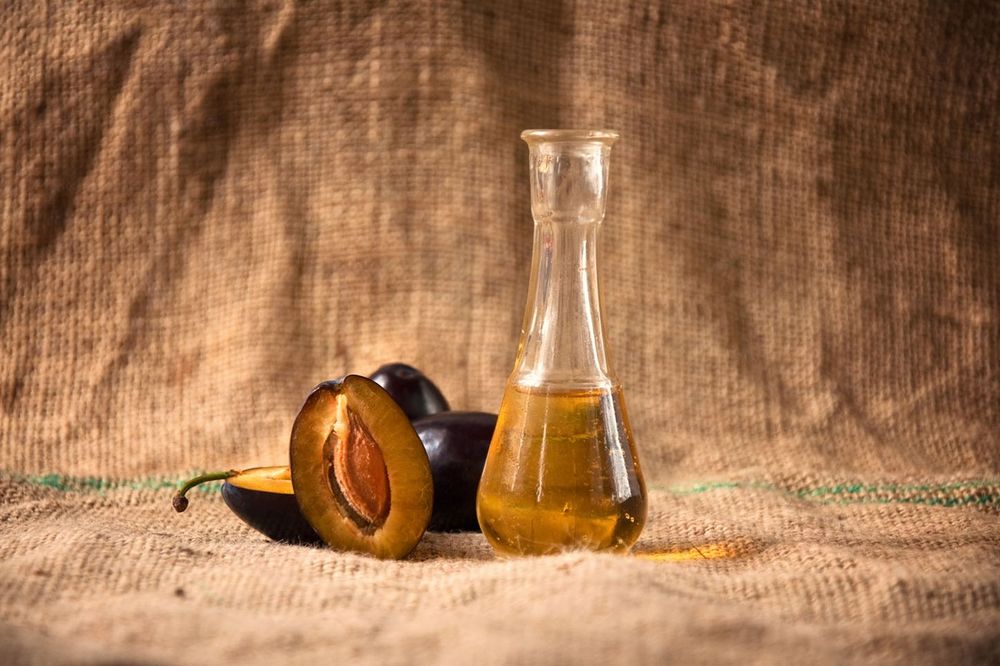
This drink was created on the territory of Serbia, and the name was derived from the Serbian plum word. Production is concentrated in Serbia and the Republic of Srpska.
Šljivovica is also produced in Bulgaria, Croatia, Czech Republic, Slovakia, Poland and Romania. To a lesser extent, plum brandy is produced in Australia, Germany, Italy
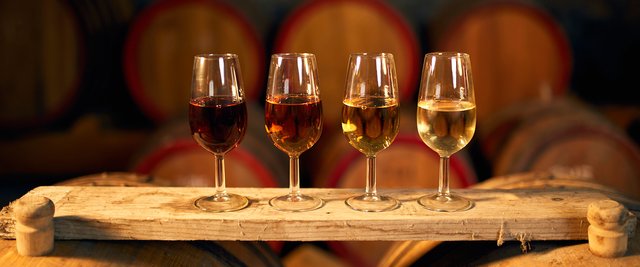
Šljivovica is a national drink of Serbia, where about 70% of the yield (in average 424300 tons per year) goes into its production. The content of alcohol (ethanol) and soft brandy is about 5% while in the case of baking can vary from 40 to 70%. Šljivovica, as well as some other brandy, is often held in wooden (oak) barrels for better aroma and color (golden brownish). Unlike wine, it does not require special control and the longer, the better. Each brandy, even this one, is intended to drink from special small glasses (from 0.3 to 0.5 dl) or special small bottles called in Serbia called čokanjčići.
By adding medicinal herbs and other fruits, brandy is obtained under the name of herbs, kneeling, etc.
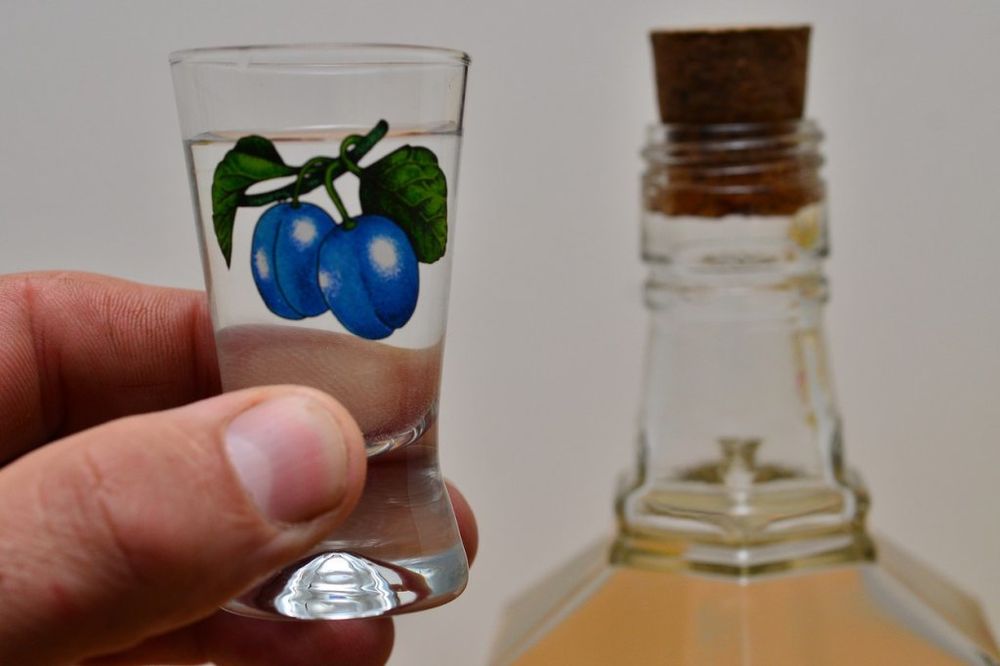
2. Komovica
This brandy is obtained by distillation of rolled grape slice of noble vines. Many, however, do not obey the basic rules and make mistakes that reduce the quantity and quality of the obtained brandy. Due to dryness, the combustion is very common, which deteriorates the quality of the comin (fermented fruit). In order to prevent this, a little water is poured before filling the with a comin.
3.Viljamovka
Pear brandy among the people is known as Kruškovac. Nowadays, in the world, and also in our country, we are increasingly looking for brandy produced from pure varieties, so Kruškovača got its enviable place in the market. The most famous varieties for the production of brandy are: Viljamovka and Boskov bottle.
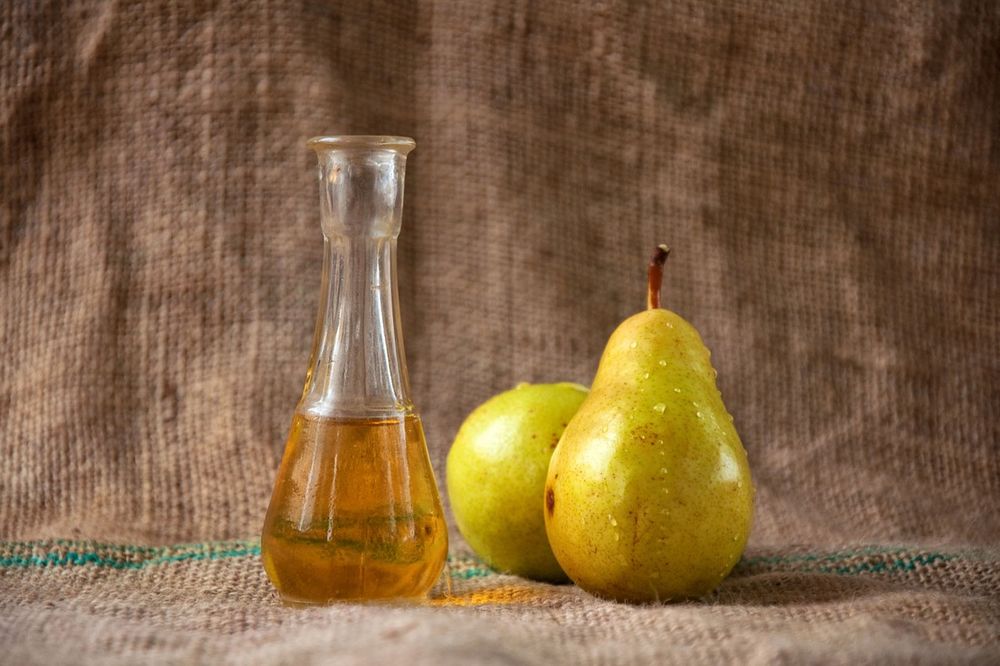
4.Dunjevaca
For the production of this rakija, the quince use mature, healthy, relatively sweet and aromatic fruits of the famous Leskovac, or other autochthonous varieties, among which there is a slightly less quality Vranjska, with a high content of stone cells and pectic substances. Fruits should be in full maturity. If necessary, they should be left for a short period of time in order to increase sugar and increase aroma.
5.Medovača
Medovača is a traditional natural drink. It belongs to the category of liqueurs and has a healing effect. It works favorably on circulation, against bacteria and viruses, improves appetite and digestion. It is ideal for aperitifs and is consumed chilled.
The production of brandy in Serbia is regulated by the Law on brandy and other alcoholic beverages. It stipulates that the brandy must contain between 15% v / v 55% v / v ethanol, it is forbidden to add synthetic ethanol and sugar, and it is permissible to add prescribed additives, sweeteners and aromas. Personal consumption is not subject to this law, but her sale is forbidden to other persons, and a fine for the production of brandy, which is not intended for own needs, ranges from 3,000 to 30,000 dinars. The producer can produce brandy for his own needs, but can only be sold when he is registered in the Register of brandy and other alcoholic beverage producers, and if it meets the legal regulations for the production of brandy destined for the market.
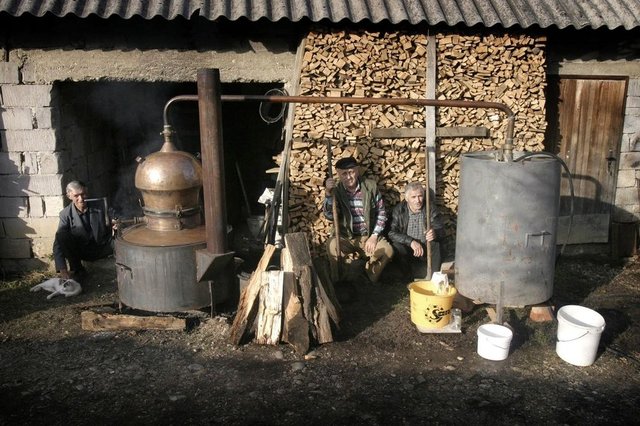
The procedure for making brandy
1. Check with your country ot state guidelines to see if it is legal to distill alcohol in your area.
2. Order a two liter copper alembic pot still. If you want to brew larger batches, you can purchase stills up to five gallons (25l). They contitute a more significant investmen
3. Create a slow, steady heat source. Natural gas and propane are often used as heat sources. Ensure that your heat source is up to fire code and is in an area cleared of other objects or materials. You can also place a water bath on the heat source to improve the quality of your distillate.
4. Sterilize your glasses and jars before you use them. You can clean your still by warming it slightly and pouring 1/4 cup (59 ml) of vinegar into the still. Add a tbsp. (18 g) of salt and insert a sponge to clean the interior of the still. Rinse it well with distilled water before using the still. Unused copper will oxidize, so copper pots should be cleaned regularly.
5. Set your still on the heat source or in the water bath on the heat source. It should be three-fourths submerged.
6. Fill the distillate with the wine you want to distill into spirits. It should fill the still approximately three-fourths full.
7. Put the lid on the distillation pot. Run a tube from the lid to the condenser coil. Place cold water in the condenser.
8. Place a sterilized glass below the spout. Screw all the fittings on tight when your still is assembled. You can seal the connections with a paste made of flour and water if they don’t fit tightly. Cover the water bath, such as a Dutch oven, with aluminum foil to minimize evaporation.
9. Turn on your heat source. Your water bath should heat to a full boil. Aim for the spout to drip once per second once it begins the distillation process. Adjust your heat until the alcohol flows at this speed.
10. Practice by learning the smell of the fore shots, heads, hearts and tails. It is best to learn by example from an experienced distiller. The following are good guidelines, made safe through practice:
-“The fore shots” are the alcohol that comes out first. They are high in acetone and methyl alcohol and are considered poisonous. They have a bad smell and you should discard them and the glass they are in. Combined with the heads, they are usually the first 50 - 100 mL of spirit to come out of the still.
-“The heads” is a mix of unusable alcohol. It can be saved to distill two or three times to make it usable.
-“The hearts” are the next glass. They are composed of ethanol. Aim to collect it at one drop every one to two seconds. Remove it in shot glass quantities to use. The hearts should smell pure.
-“The tails” are the ethanol diluted with water. They smell less pure and pleasant. You can save them to distill like you dead the heads.
11. Leave the hearts in a class for a few days, covered in cheesecloth. Extra acetone and methyl alcohol will evaporate.
12. Age the alcohol in sanitized jars until you are ready to drink it. Redistillation can make a purer alcohol, but it is less safe, since the alcohol is highly flammable.
Source:https://www.wikihow.com/Make-Alcohol

Moonshine
Rotgut, white lightning, bathtub gin, popskull, panther's breath, corn liquor or just plain old shine... It has many names, but a couple of things are always true about moonshine alcohol: It's made in secret, and it's illegal.Moonshining is tied to the history of the United States in many ways, and it's tied to the character of the American people just as strongly. From the Prohibition Era distillers to the backwoods stills of Appalachia, historians agree on one thing -- moonshine will always be around in one form or another. In this article, we'll find out how moonshine is made, why it exists and what makes it different from
Moonshine is any kind of alcohol, usually whisky or rum, that is made in secret to avoid high taxes or outright bans on alcoholic drinks. The term "moonshine" comes from Britain, where it originally was a verb, "moonshining," that referred to any job or activity that was done late at night. Because the operators of illegal whisky stills had to conduct their business out of the sight of legal authorities, these backwoods brewmasters became known as moonshiners, and the term became exclusively theirs.
Moonshiners are the people who actually make the alcohol. Bootleggers are the smugglers who transport it and sell it. In colonial times, these distributors would conceal their product inside their tall riding boots, which is how they got their name. More recently, bootleggers in the 1930s, '40s and '50s took to racing cars packed with moonshine through the night to avoid local police. Their mechanical skills developed as they learned to drastically increase the horsepower of their vehicles to outrun the authorities. This created a culture of car lovers in the southern United States that eventually grew into the popular NASCAR racing series. In fact, the winner of the first ever NASCAR race had used the same car to make a bootleg run just a week earlier.
Related to moonshiners and bootleggers are rumrunners. Rumrunners are basically bootleggers who smuggle their goods by sea, using fast ships with hidden cargo holds.
The recipe for moonshine is simple: corn meal,sugar,yeast,water
Sometimes, other ingredients are included to add flavor or kick. Alcohol can actually be distilled from almost any kind of grain (the earliest American moonshiners used rye or barley), but virtually all moonshine made in the United States for the last 150 years has been made with corn.
So what makes moonshine different from the whisky you find on the shelf at a liquor store? Aside from the obvious differences between something made in a sanitized production facility and something made at night in the woods, the primary difference is aging. When whisky comes out of the still, it's so clear it looks like water. Moonshiners bottle it and sell it just like that. Commercial alcohols have an amber or golden color to them -- this is because they are aged for years in charred oak barrels. The aging process gives them color and mellows the harsh taste. There's no such mellowing with moonshine, which is why it has such "kick."
In the next section, we'll learn how corn, water and yeast become moonshine.
Making alcohol revolves around two processes: fermentation and distillation. Fermentation is a chemical reaction that occurs when the yeast breaks down the sugar. One result of that reaction is alcohol. Distillation is the process of evaporating the alcohol (which boils at a lower temperature than water) and collecting the steam before condensing it back into liquid form.
I would not repeat the process but essentially the same as when making all other fruit drinks.
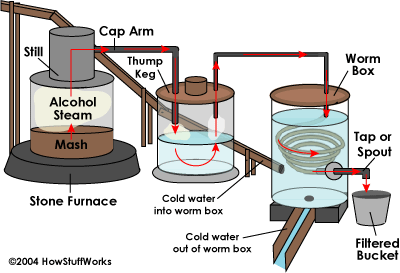
Source: https://science.howstuffworks.com/innovation/edible-innovations/moonshine2.htm
You can watch a series about illegal moonshine production in USD.Unfortunately, even more rigorous laws on the production of alcoholic beverages are being introduced in my country. I think that when we enter the European Union, the law will forbid us to make brandy. But because of the excessive love to i'm make brandy, I think I will not respect that law. And I believe that many of my compatriots will do the same. There is one song with our saying "no one can do anything, we are stronger than destiny"
This is the series
Svaka cast na tekstu! Savrseniji opis nisam video. :)
To sam sve nasao na internetu, nista nije iz moje glave. Tako da ja nisam zadovoljan ovom objavom. Ali nema veze, guram dalje.
Ahaa. A dobro, makar si dodao linkove odakle si nasao tekst. Potrudi se sledeci put da napises onda svojim recima makar, vise ce ljudi na steemitu ceniti. :)
Добар савет, @miroslavrc.
Znam, hocu ubuduce :)
Или макар преведи текст на српски, јер је превод ауторско дело, @markovicmarko. То ће бити твој аутентични прилог.
This is very elaborated and well written. There's no good lunch without good rakija :D
Bogami ja čim ustanem popijem jednu rakiju. A uz jelo više volim vino ili pivo. :)